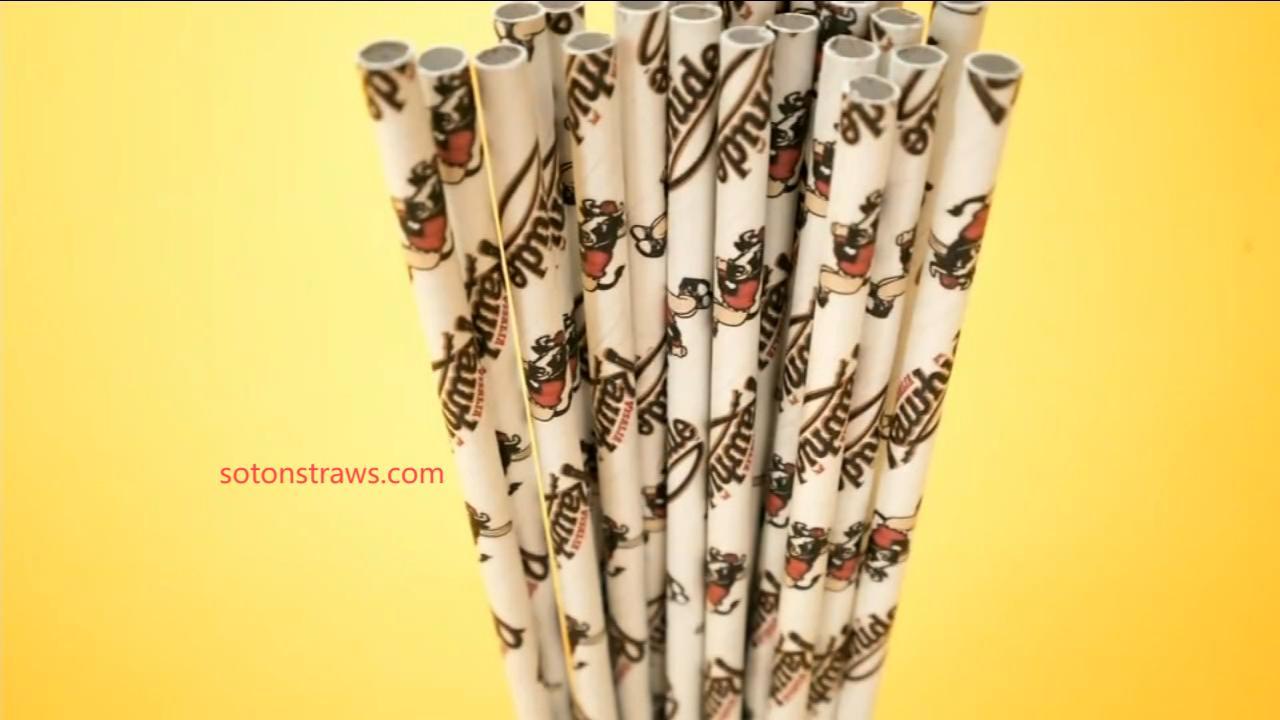The transformation begins not on factory floors, but in sun-drenched fields where overlooked agricultural residues whisper potential. Modern eco-friendly straws Factory operations increasingly resemble agricultural extensions, weaving themselves into the fabric of local farming cycles rather than operating as isolated industrial entities. This fundamental shift redefines sourcing from extraction to regeneration. Where traditional manufacturing might seek raw materials through resource-intensive channels, these pioneering facilities look to the abundance already present in harvest cycles – the stalks, stems, and husks traditionally discarded or burned. Imagine vast wheat fields where combine harvesters collect grain while simultaneously directing straw toward collection points destined not for burning, but for transformation. This integration solves a dual challenge: eliminating the environmental hazard of agricultural burning while securing a consistent, sustainable feedstock stream that requires no additional land or water resources. The very act of sourcing becomes an ecological service, turning potential air pollution into valuable material.
Within the factory walls, this agricultural narrative deepens. The processing techniques honor the innate qualities of each plant fiber. Gentle cleaning methods preserve natural strength without harsh chemicals. Binding agents, derived from plant-based sources compatible with the straw material, ensure structural integrity while guaranteeing complete compostability. Temperature and humidity-controlled environments mimic natural curing processes, allowing fibers to stabilize gradually. This careful handling maintains the material's connection to its agricultural origins, ensuring the final straws feel like a natural extension of the field rather than a synthetic imitation. Workers with backgrounds in both agriculture and materials science monitor these processes, understanding that respecting the raw material's character is paramount to performance and environmental compatibility. The factory becomes a translator, converting botanical potential into functional elegance.
Distribution strategies further reflect this agricultural integration. Finished straws often travel alongside farm produce to regional distribution centers, minimizing transportation emissions through shared logistics. Partnerships with local restaurants and retailers create closed loops where awareness campaigns explain the straws' origins, fostering appreciation for regional agriculture. Educational materials trace the journey from specific farm types to finished product, helping consumers visualize the regenerative cycle. This transparency builds trust and reinforces the narrative that choosing these straws supports farming communities and soil health. The straws cease to be mere disposable items; they become tangible links in a larger ecological story.
Consumer experiences are carefully considered. The straws maintain excellent functionality across various beverages without compromising on user comfort. Subtle variations in color and texture are celebrated as markers of authenticity rather than flaws, each batch telling a unique story of its harvest season and source material. This connection to nature enhances the drinking experience, making sustainability feel inherent and desirable. Feedback loops connect consumer preferences back to sourcing decisions, influencing which regional crops or residues are prioritized in future production cycles. The eco-friendly straws factory thus operates as a responsive ecosystem, balancing agricultural realities, manufacturing efficiency, and consumer expectations.
Looking ahead, the potential for deepening this agricultural integration is vast. Research explores straws incorporating beneficial soil microbes that activate upon composting, actively enhancing soil health upon disposal. Designs considering regional biodiversity might utilize fibers from plants supporting pollinator habitats. The factory of the future might co-locate with anaerobic digesters processing farm waste, powering operations with renewable biogas. This evolution positions the eco-friendly straws factory not just as a producer of goods, but as a vital node within regenerative agricultural landscapes, proving industry can actively nurture the ecosystems it depends upon.click www.sotonstraws.com to reading more information



